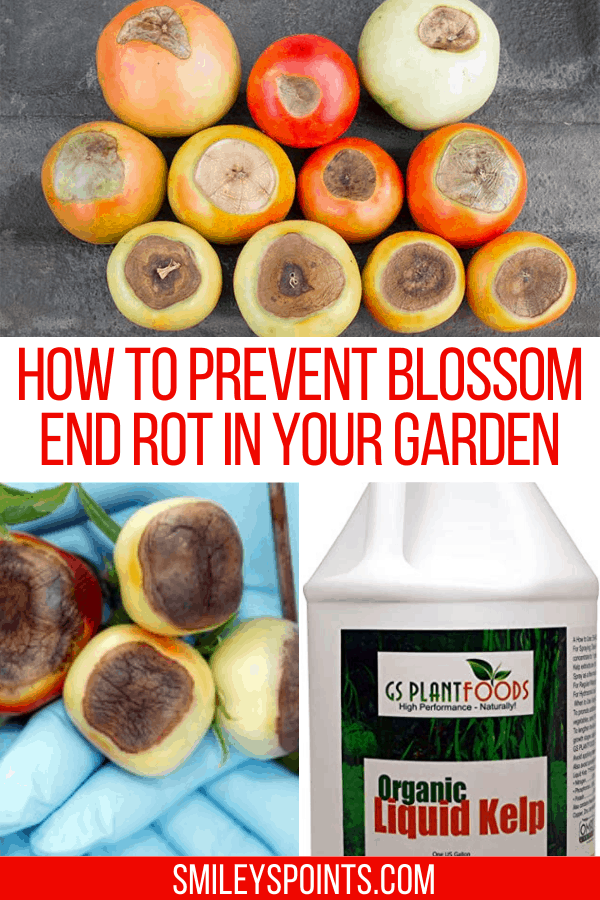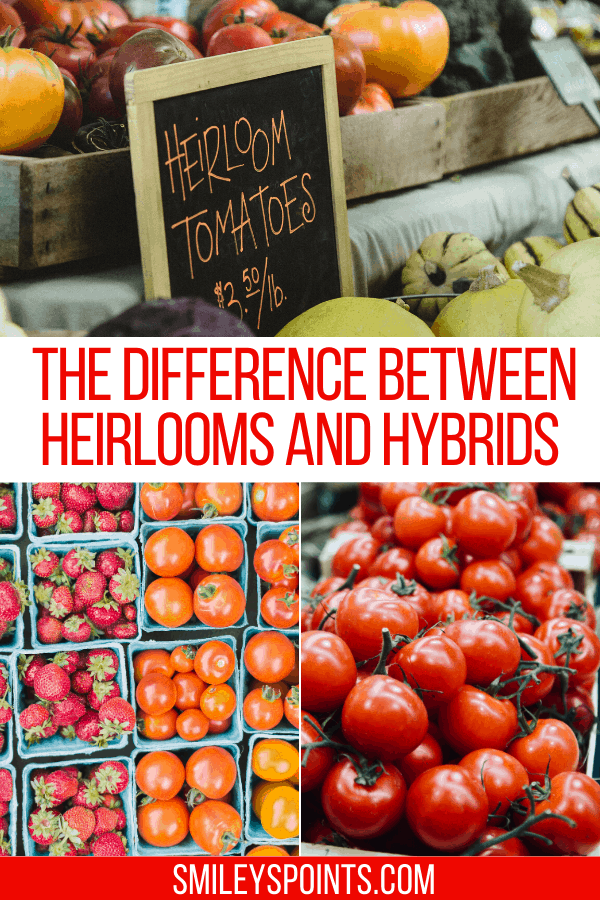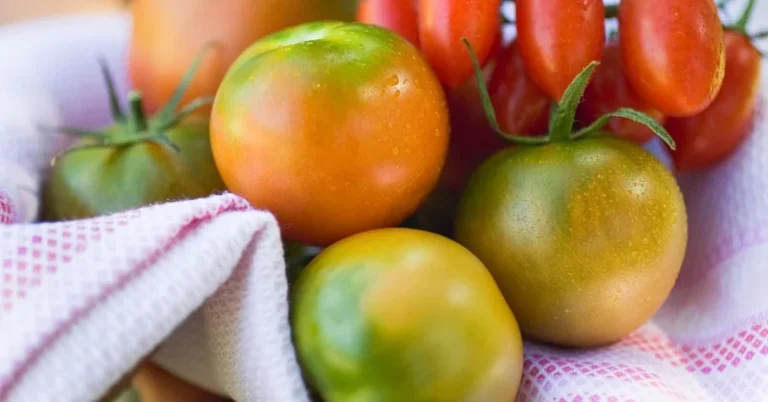4 Must-Know Vegetable Gardening Tips
Imagine the pleasure of biting into a freshly picked tomato while it is still warm from the summer sun. I used to love eating the vegetables on the way home from the garden when I was a kid.
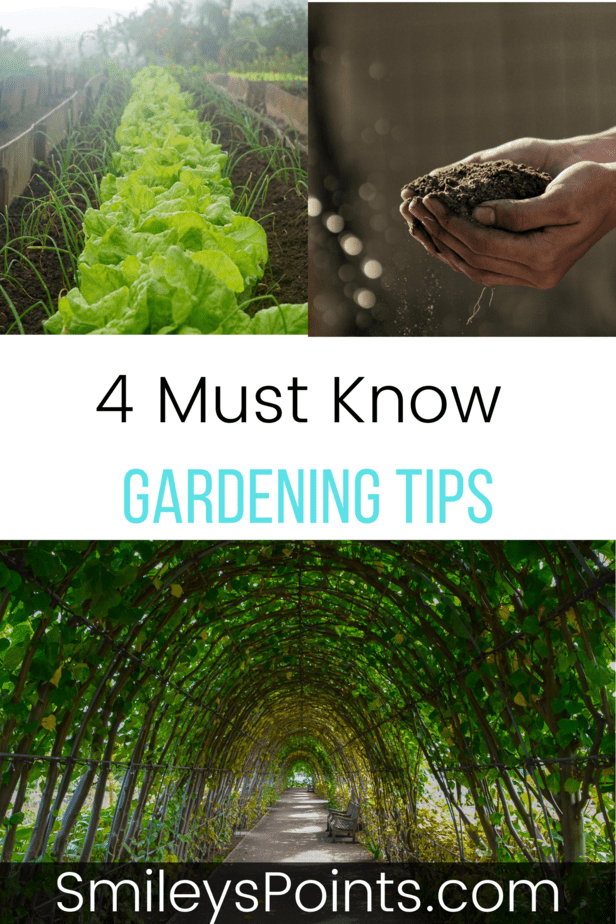
4 Tips to get you started gardening right.
My mom would look back and my brother and I would be munching away. When you grow your own vegetable garden, you can experience this right in your own backyard. The feeling of growing your own food and eating it fresh from the stalk. Yummy!! Here are 4 of my must-know tips to get you started gardening right away.
Growing a healthy garden
Growing a healthy vegetable garden year after year takes some practice. For most people, becoming a consistently successful vegetable gardener comes after years of hands-on experience. To help with the learning curve, here are a few tips I have picked up along the way.
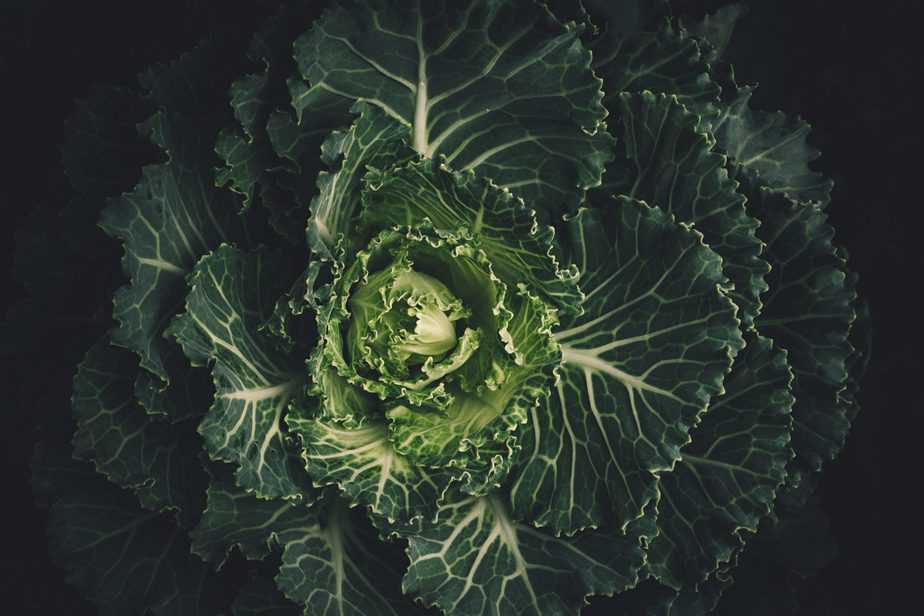
I have been gardening since I was 6 years old and have learned a few things along the way that I will share with you here. I am 47 so that is a pretty long time 🙂 I have done some research to make sure that the tips are accurate. I will share my top four to get you started off on the right path.
What type of dirt do you have?
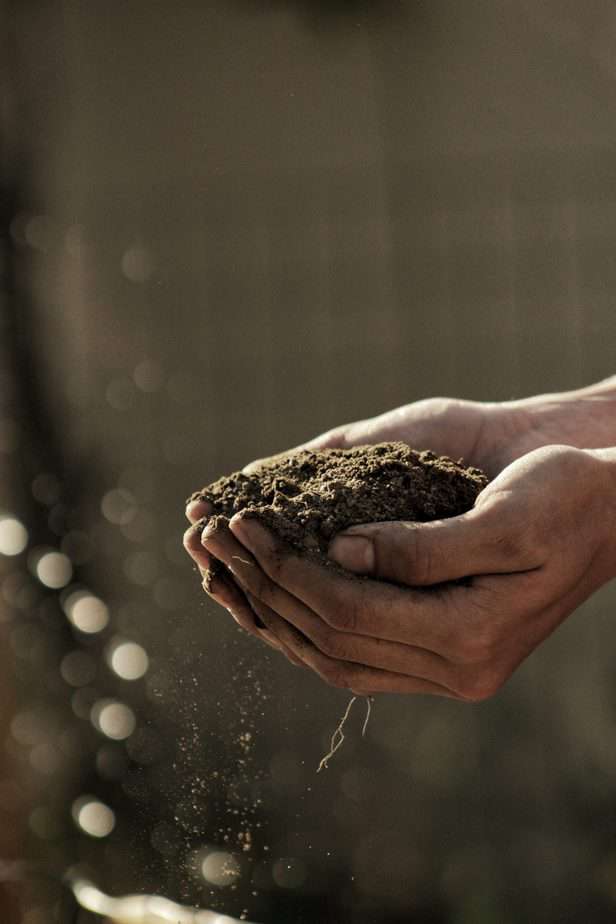
Only a few gardeners have access to an abundant supply of beautiful, rich topsoil. Depending on where you live, you may find yourself struggling with heavy clay, rocky, sandy or other less-than-ideal soil conditions.
What type of soil do you have?
Each type of soil has different challenges ranging from retaining too much water (or not enough) to not having enough of the essential nutrients plants need to survive and thrive. If you have heavy clay soil and you just dig a hole in the ground and drop a plant into it, chances that the plant won’t make it. The clay around your plant will act like a bathtub whenever it rains, which means your plant will be forced to sit in a pool of water with nowhere to drain. Not good at all.
#1 Test your soil
So your first step will be to identify your soil type so you can take the appropriate measures to make it a liveable environment for the type of plant you are growing. Once you know what you are dealing with, you’ll be able to determine if you need to raise or lower the ph, add gravel for drainage, or raise the garden bed and start with fresh dirt. I usually raise my garden beds and buy dirt from the Lowes or a local nursery. This way I know what type of dirt I am starting with and I know it will be ideal for the plants I am growing.
Get a test kit, this one from Amazon is not expensive and will test your ph, moisture levels as well as the amount of light you are getting. Testing your soil levels will save you a lot of frustration, time, and money. I think it is best to start with fresh dirt you will almost always have better results.
#2 Use supports for your vegetables

Whenever possible, use the vertical space in your garden by planting close to fences, adding a trellis, or using other structures to keep your plants off the ground. I have even grown Tomatoes on a porch using the beams to support the plants. The plants grew so tall they hung over the railing, it was amazing. I now use these supports for my tomatoes and bean plants. Most plants will thrive when given a little support.
There are many advantages to using stakes, trellises, and posts to support your garden vegetables. For starters, you can grow more food in a smaller area, which is great for urban gardens or those with limited growing space. Growing vegetables on structural supports, such as the porch example above, makes harvesting and weeding around your plants a lot easier.
Growing vertically benefits your plants, also. Raising the plants off the ground leads to better air circulation around them, which is associated with fewer fungal infections and bugs eating your plants, less rot from the vegetables sitting on the soil. The vegetables tend to get more adequate amounts of sunlight when grown this way.
#3 Plant complementary plants together
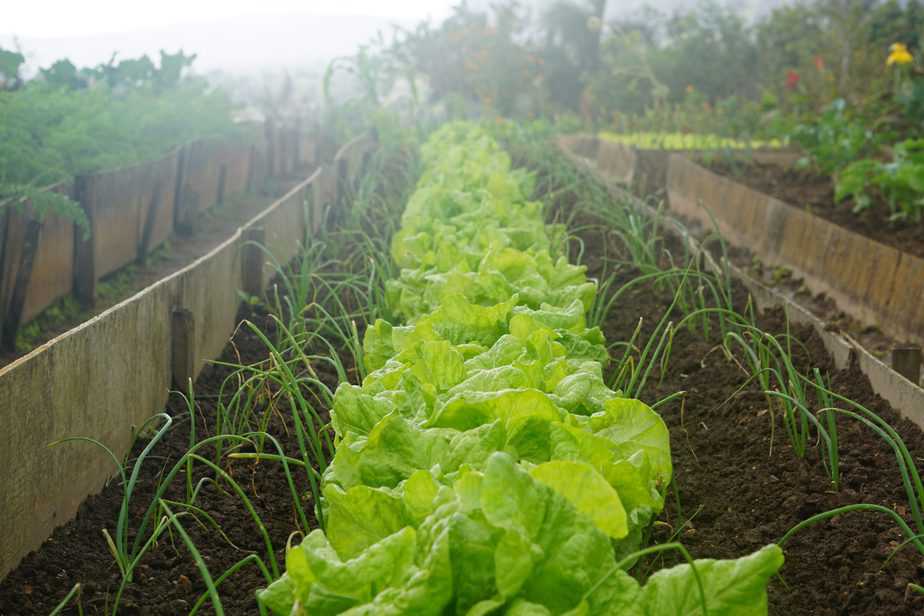
Companion planting is a smart way to increase the yield of your vegetable garden. Learning which plants work well together is an important step towards maximizing the efficiency of your vegetable garden.
Some plants are particularly beneficial to one another, so it makes sense to group these plants together in your garden. These beneficial plant combinations may add needed nutrients to the soil, deter unwanted pests or attract beneficial insects into your garden. I will be planting roses next to my tomato plants this year. roses tend to deter unwanted pests and have the added benefit of giving me flowers to give to my wife and daughter without having to run to the store 🙂
You may have heard how Native Americans planted “the three sisters” – maize (corn), beans and squash – together because each plant benefitted the others in some way. For example, the corn stalks provided a structure for the beans to grow upon, while the squash provided an effective weed barrier as it spread out along the ground.
#4 Pruning and avoiding fungi
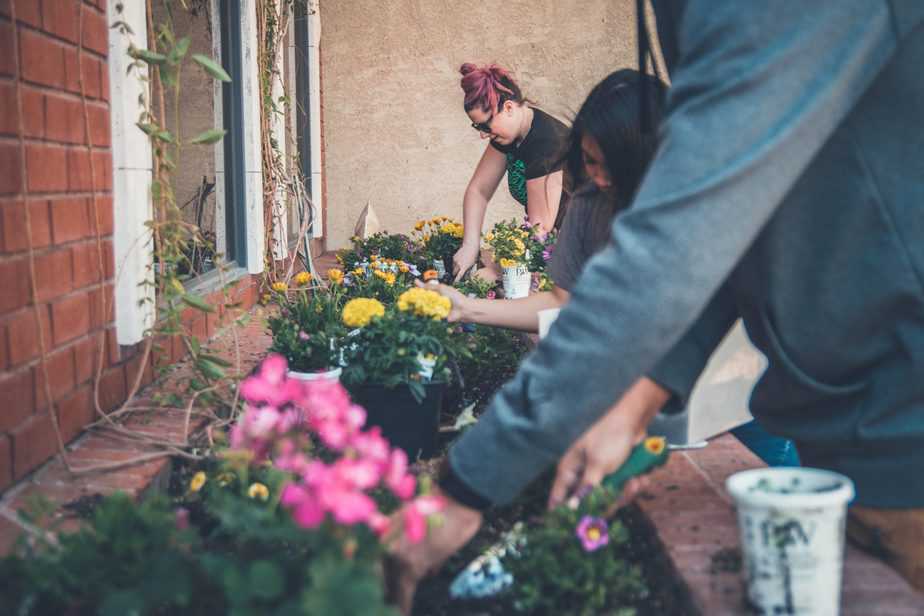
Pruning plays an important role in garden maintenance. If you make a mistake while pruning, don’t lose your heart because it’s like a bad haircut, it is going to grow again. Pruning helps the plants to thrive and they will produce more fruit and vegetables.
Shotgun fungus
I like to use mulch on top of my soil. I use it as a weed and pest deterrent. But, It also helps the soil retain some moisture. When using mulch you have to be careful of fungus growing in it. The shotgun fungus is a little gem like fungus, which prefers to grow in mulch and tends to swell. This fungus can fly up to 8 feet in the air and will spatter your house with tiny brown specks, and once they stick to your house or windows, they stick like glue. Most of us suspect spiders or other insects are the cause but alas it is this fungus.
You can’t prevent this fungus but you can deter it from growing by keeping the mulch loose so air can circulate inside to keep this fungus out. Don't allow your mulch to get packed, try to remove it at least once in a year and replace it with new fresh mulch. You can also rake it to aerate it and keep it looking pristine. If you already have this fungus Check out Pro-Tek Chemicals website they tell you more in-depth about this fungus and how to get rid of it. Happy gardening 🙂
Vegetable gardening is an acquired skill that evolves over time. With these four tips and a little patience, your garden will be producing amazing, healthy vegetables for years to come.
My gardening journey
3 great tomato varieties for containers
How to prevent blossom end rot
5 best tomatoes for homemade sauces
Easy Tomato Stew

